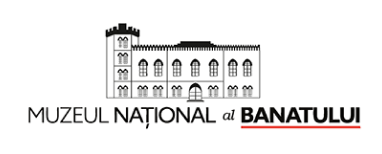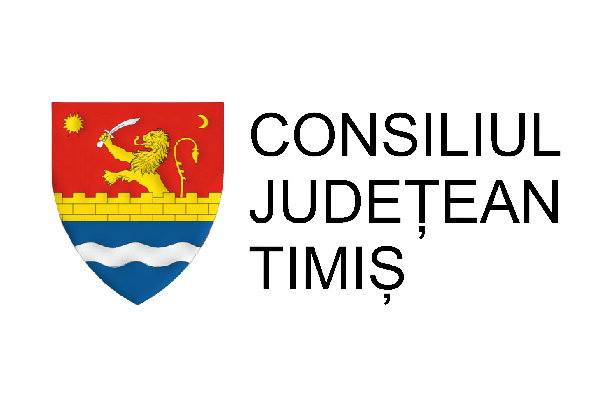The current age of the Internet and the digitized archiving of monuments and pieces of archaeological heritage decisively influences the epigraphic studies, but also the way in which museums are increasingly looking to capitalize on their own collections or to promote the results of scientific research. The websites of many museum institutions or research centers that house Latin inscriptions in their repositories or exhibitions abound with photographs, electronic data and digitized information, many of them taken in a more attractive form from their older specialized publications where these captions have were described and made public for the first time. This happened at the Museum of Banat Timisoara, where the publication of most of the collection of inscriptions in a brochure of the institution in 1974 and later, in the established series Inscriptions of Dacia Romane III / 1, from 1977 under the auspices of the Romanian Academy , by the famous Romanian epigraphist Ion Iosif Russu was the starting point for the presentation of the Lapidary of the National Museum of Banat both physically and as an exhibition concept, as well as digitally for the virtual environment.
The exhibits in their current form can be identified and admired at their true value only by a certain segment of the public that has studied the epigraphy for a long time, recognizes the monuments, the writing and the functionality of the pieces due to the experience gained in the field.

